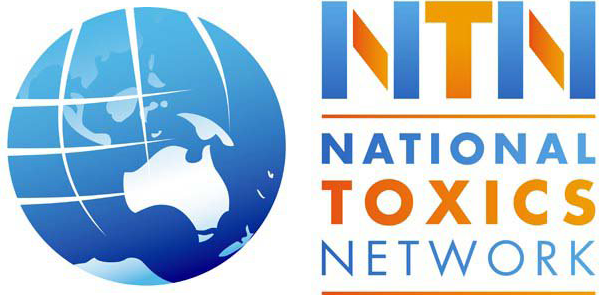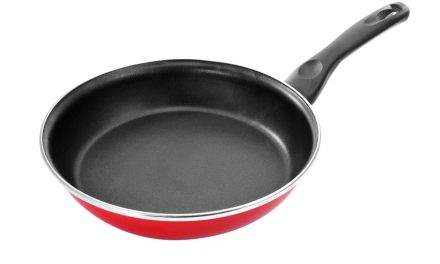A new report has found some children’s toys have dangerously high levels of heavy metals. The international study measured toxic metals in 200 children’s products with a focus on antimony, arsenic, cadmium, chromium, lead, and mercury. An important route of exposure to toxic chemicals and metals is through consumer products. These exposures are concerning for us all, but are particularly worrying when it comes to children’s health.
Testing was conducted by the International POPs Elimination Network (IPEN) in the Philippines. The study measured toxic metals in 200 children’s products in the Philippines with a focus on antimony, arsenic, cadmium, chromium, lead, and mercury. Measurements were performed using a hand-held X-ray fluorescence analyzer (XRF). Approximately 30% of the products contained at least one toxic metal above levels of concern.
“One rubber fabric ball and dice made in China contained over 6000ppm of lead and over 5000ppm of chromium; one set of locally made wooden number blocks contained over 12,000 ppm of lead, 1750ppm of arsenic and over 7000ppm of chromium, while children’s toy cosmetics had mercury levels 4 – 5 times higher’ than permitted in the Philippines”.
The data revealed 37 products (19%) that contained lead at or above the US regulatory limit. Twenty-seven samples (14%) contained more than one toxic metal. The study also found children’s toy cosmetics with mercury levels 4 – 5 times higher than the regulatory limit in the Philippines. The findings raise safety concerns for exposure in children and highlight the need for protective national regulatory policies. To our knowledge, this is the first publically available investigation of toxic metals in children’s products in the Philippines.
As the market for toys and consumer products is global, these results have ramifications for all consumers including Australians. IPEN plans to undertake testing in other countries in the future.
For more information or to read the full report visit Toxic Substances Found in Consumer Products


